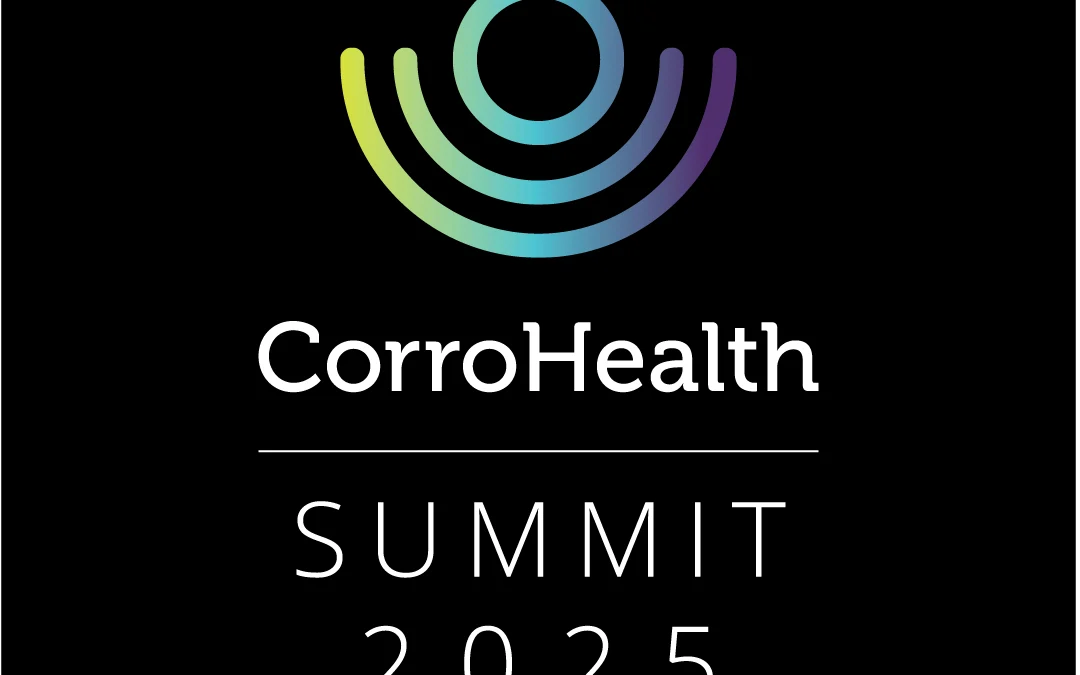Putting Patients First with Compliant NSA Documentation
In the ever-evolving landscape of healthcare regulations, providers face the dual challenge of complying with legislation while striving to deliver patient-centric care. The No Surprises Act (NSA) has significantly addressed unexpected healthcare costs and promoted price transparency. This article explores the importance of NSA documentation in achieving compliance and how CorroHealth’s NSA tool simplifies the process, empowering healthcare providers to deliver patient-centric care while adhering to regulatory requirements.
Compliance with the NSA entails several crucial documentation requirements for healthcare providers. These include the issuance of Disclosure Notices, ensuring patients understand their right to receive a good faith estimate, providing Good Faith Estimates (GFEs), and supplying Notice and Consents (NACs). Fulfilling these obligations is paramount to maintaining transparency, protecting patients, and avoiding penalties.
Disclosure Notices: Healthcare providers and facilities are legally required to give disclosure notices to insured patients, as per Section 2799B-3 of the Public Health Service Act. These notices are unnecessary for patients covered by Medicare, Medicaid, Indian Health Services, VA, TriCare, or the uninsured. The notices must be understandable and written in plain language. They must be offered before requesting a copay or submitting a claim, and patients must receive them in the manner they choose – in person, as a hard copy, or electronically. Providers must prominently display the notice on their websites that can be easily found with the search feature and within their facilities where patients arrive for services or in-person scheduling occurs. They should contain important information such as restrictions on balance billing, state law protections against balance billing, and contact details of appropriate agencies in case of violations.
Right to Receive a Good Faith Estimate: Patients who do not have insurance or choose not to file a claim are entitled to receive a GFE of expected costs. This allows them to make informed decisions, compare options, and avoid unexpected healthcare expenses. Healthcare providers are responsible for informing uninsured or self-paying patients of their right to receive a GFE. Patients covered by Medicare, Medicaid, Indian Health Services, VA, TriCare, or those with insurance are not required to be informed of this right. Information about a patient’s right to receive a GFE must be prominently displayed in the provider’s office and website and easily found with a search feature. If patients prefer, they can request a hard copy or electronic copy of the document.
GFE Issuance: For uninsured patients or those who choose not to use their coverage benefit, all state-licensed or certified healthcare providers and facilities, including private practices, must issue a GFE. The facility or provider that schedules the service (or receives a request for pricing) is considered the convening provider or facility. According to the U.S. Department of Health and Human Services (HHS), an uninsured individual is someone who does not have benefits for an item or service under group or individual health insurance coverages offered by a health insurance issuer, federal health care program, or health benefit plan. A GFE must be issued based on specific timelines outlined in the NSA, which include providing the GFE within three business days of scheduling (if the service is at least ten days later), the next business day after scheduling (if the service is between 3 and 10 days later), or within three business days of receiving a request for a GFE. Providers need to keep the GFE current if there are any changes in the scope or estimate. A single GFE can be used for up to 12 months for recurring services. The GFE should be provided in writing or electronically based on the patient’s preference and the listed charges must be the patient’s anticipated charge, including any discounts or financial assistance. The GFE is considered a part of the patient’s medical record, and providers must be able to provide copies of prior GFEs given within the last six years upon request of the patient.
In the case of no-charge patient care, a GFE is still required by law. In this case, an abbreviated GFE may be given for no charge services provided to someone without insurance or who is paying for their own medical care. This abbreviated GFE is for services that are provided for free, and uninsured or self-pay patients who receive it will not be charged. Additionally, no additional items or services are expected from other providers or facilities.
Notice and Consents: Nonparticipating healthcare providers or emergency facilities use standard Notice and Consents (NAC) forms when balance billing is allowed. These forms are used for post-stabilization or non-emergency services provided at participating healthcare facilities. NACs must be given separately from other documentation and explained by a representative in person or over the phone to answer any questions. In addition, NACs must be available in up to 15 of the most common languages in the state or geographic region, and a signed copy must be provided on paper or electronically as selected by the patient. This is a standard CMS form that cannot be modified and must be given within specific timeframes. Those timeframes are 72 hours in advance of scheduled procedures if planned at least 72 hours, if not scheduled 72 hours in advance, then it must be issued at least 3 hours in advance of the scheduled time.
Prioritizing Patient-Centricity through Compliant Documentation
As healthcare providers navigate the complexities of NSA documentation requirements, it is essential to prioritize patient-centricity. It’s good practice to every facility and provider to add contact information for someone who can negotiate internally to potentially avoid any formal disputes that may arise from patients who feel their rights were violated. By adopting CorroHealth’s NSA tool, providers can streamline their compliance efforts while keeping patients at the forefront. CorroHealth offers a comprehensive NSA solution that simplifies the creation of customized GFEs, consolidates required documents, and facilitates seamless communication between healthcare providers. Our tool allows convening providers to collectively build GFEs, deliver GFEs directly to patients, and facilitate the ease of data sharing between convening and co-providers to create a GFE that includes all reasonably anticipated charges from all providers involved in the scheduled service. The tool will also create an estimate and attach it to an NAC when the facility or provider chooses to balance bill a patient for allowable out of network (OON) services.
With the NSA tool, healthcare providers can embrace patient-centricity by providing transparent and cost-effective healthcare options. By automating the calculations required for GFEs and NACs, providers can empower patients to make informed decisions, explore their healthcare costs, and reduce surprises in their medical bills. Compliance and patient-centeredness ensure transparency, and promotes trust between patients and healthcare providers. As we move forward with the No Surprises Act, we can all continue striving for a healthcare system that puts patients first.

















